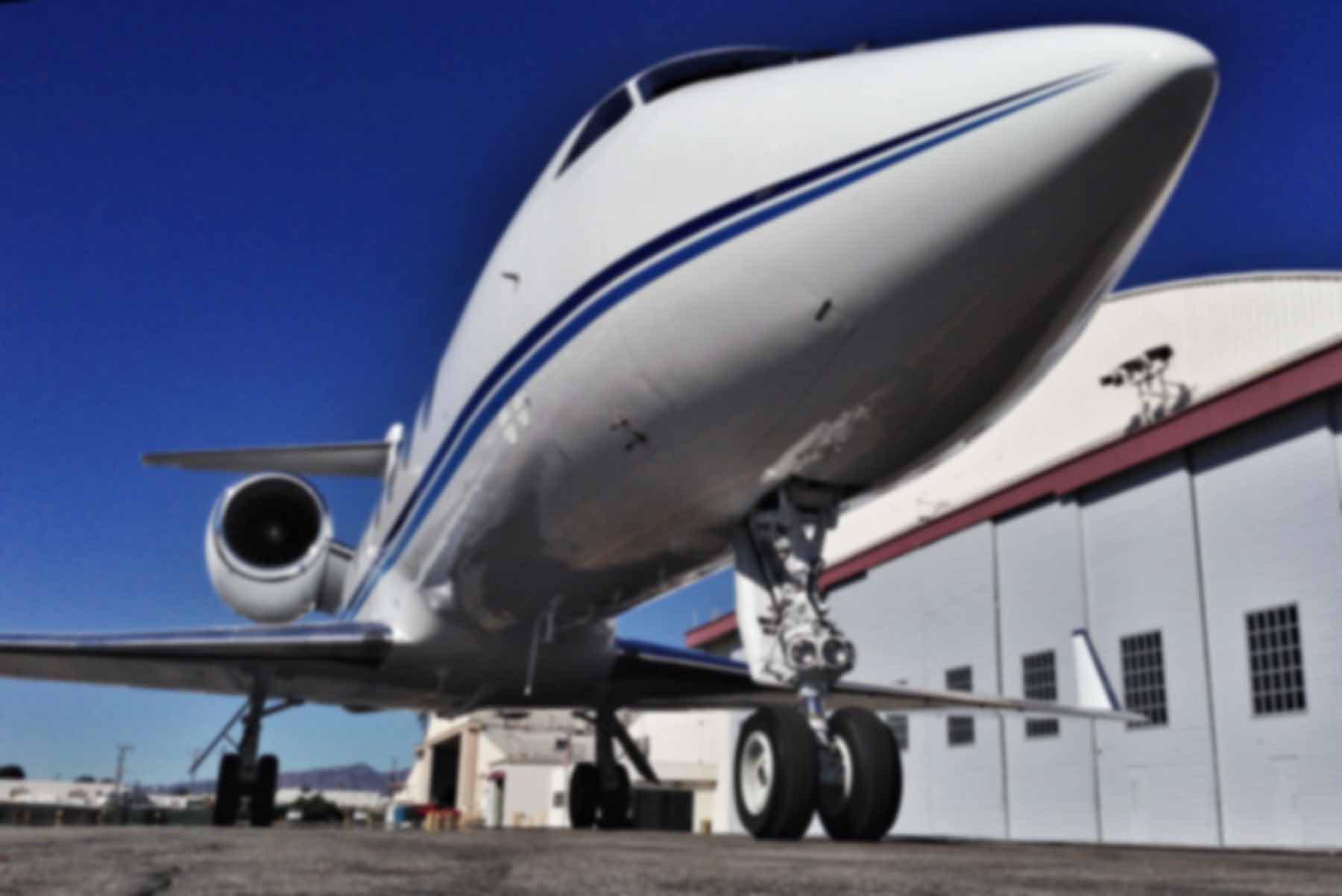The introduction of computerized displays (also known as “glass panels”, or in the FAA’s parlance, Technologically Advanced Aircraft or “TAA”) into general aviation cockpits can mean serious consequences for those unprepared to deal with the complexities involved.
Sure, there’s a lot of power and capability present in those computers. They can provide you with wind speed and direction, beautiful color moving maps, an entire continent worth of aeronautical data, and so much more. Terrain databases, traffic alerts, sophisticated autopilots, GPS roll steering, highway-in-the-sky, and so much more. Things we probably haven’t even though of yet.
Amazing stuff. Of course, it can be a bit daunting for those who haven’t reached a particular skill level with the glass. Information overload is common, even in experienced pilots. I see this a lot in the latest generation of G1000 panels; there is so much information on the Primary Flight Display that it can get overwhelming.
As always, the weakest link in the cockpit is usually the guy flying the plane. One thing pilots of all experience levels have to watch for is what I call the “junk in, junk out” syndrome. The computers will do exactly what you tell them to do. If, for example, you input SLI as a waypoint and aren’t careful, you can end up going to South American instead of Seal Beach, because there is an identically named navaid on that continent. All it takes is a wrong button push and poof!, you’re on your way.
This kind of thing is common with intersections because they use five letters. Key in DRIFT instead of DRIFY and you’ll end up east of Philadelphia instead of south of Long Beach, CA.
I’ve done this several times myself. The only way to prevent it is to double check that the courses and distances make sense.
Computers have the ability to smooth and simplify our lives. They also have the ability to cause major problems. Anyone who has ever cc:’d an email to the wrong person(s) can tell you about that.
In aviation, they can cause funny things to happen even outside the cockpit. Here’s one such example: a friend of mine runs a well-known aviation weather site, and his system choked on an odd identifier. Turns out someone at the FAA cut-and-paste into the wrong window, and his laundry list of personal tasks ended up in the FAA’s international NOTAM system.
You’ve gotta see this NOTAM that popped up a couple of weeks ago, and it just tripped up our decoder today…
This is for ICAO identifier “MIKE” — which as far as I can tell is just a guy named Mike!! 🙂
Wish this was just a joke, but it’s actually in the FAA’s international NOTAM system!!!!!
0014/09 – 0014 NOTAMR 0009 0013 A) MIKE PART 1 OF 2 B) WIE C) UFN E)
THINGS TO DO LIST IN NOVEMBER 2009 AT:
1607 JAMES ISLAND AVE., N.M.B.
BRING: MESUREMENTS OF: OUR BEDROOM SET, ETC.
TURN ON THE HEAT VICE A/C.
MASTER BATHROOM/KITCHEN PAINT: CLOSET/WINDOW MOULDING.I OWE JOE/JOE FOR PALM FERTILIZER/TRIMMING, IF DONE??
BUY: GRILL, PRESSURE WASHER AT LOWE’S (NMB), NEXT SPRING (2010).
10 AZALEAS, OR FLOWERS (NMB), NEXT SPRING (2010).
CURTAIN ROD FOR UP-STAIRS BATHROOM??TO DO: ME, HANDY-ANDY, PAINTER??
STAIN/OR WAX BANNISTER?
SPARE BEDROOM: PAINT INSIDE TRIM IN CLOSET.
CLEAN UP THE PLANT IN THE GARAGE, NEXT SPRING (2010).
FERTILIZE LAWN/PLANTS, NEXT SPRING (2010).
HANDY ANDY, NEXT SPRING (2010).(ED) CAULK/PAINT OUTSIDE WHERE NEEDED.
INSTALL SHELVING IN ALL UPSTAIRS CLOSETS.
RE-HANG BALCONY DOOR LIGHT FIXTURES.
LAUNDRY ROOM: INSTALL CABINET/SHELF ABOVE.
CLEAN OUT THE GARAGE DOORS: BRAD/BRADY, CHRIS DOORMAN.(AUGUST 09)
CALL EXTERMINATOR FOR APPMT: 843-365-5120 (CONWAY PEST CONTROL)
CALL A/C TECHNICAN FOR SEPT. CK ON HEAT PUMPS, NEXT SPRING (2010).
You’ve gotta admire the guy’s level of organization. His home sounds lovely. Now if he could just do something about those “fat fingers”…

“GIGO,” or Garbage In Garbage Out, has been around in computing circles for many years. I suppose it’s only natural that as computers invade aviation so to does the concept.
Wasn’t me, I swear…
I’m spend almost all my flying time teaching in G1000 cockpits. No question garbage in/garbage out is an issue. However most people decipher the PFD very quickly. Where they generally fall down is in programming the GPS and operating the autopilot correctly. If people spend more time reading my G1000 Book ahead of time, they’d spend a lot less time getting checked out while that very expensive fan is running!
Max: I agree most people pick up the PFD basics without much trouble. Unfortunately, that programming you mentioned makes the difference between going to Seal Beach or South America.
Thanks for mentioning the training materials. As complicated and daunting as the glass can seem, the training materials and software simulators can take most of the bite out of it. If nothing else, hooking up a GPU to the aircraft and playing around with the panel on the ground without the “expensive fan” running is a great way to cut the transition’s Hobbs time.